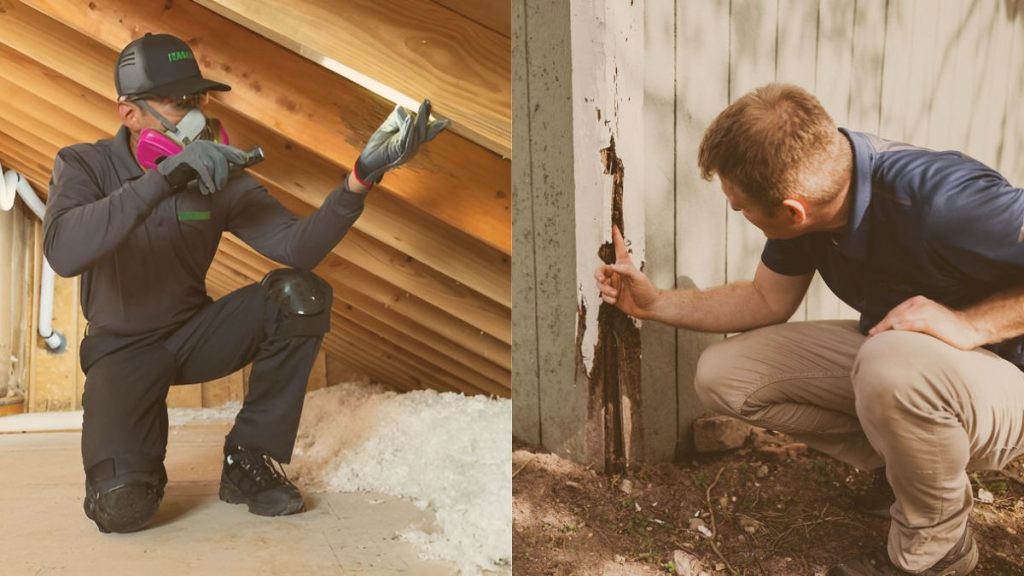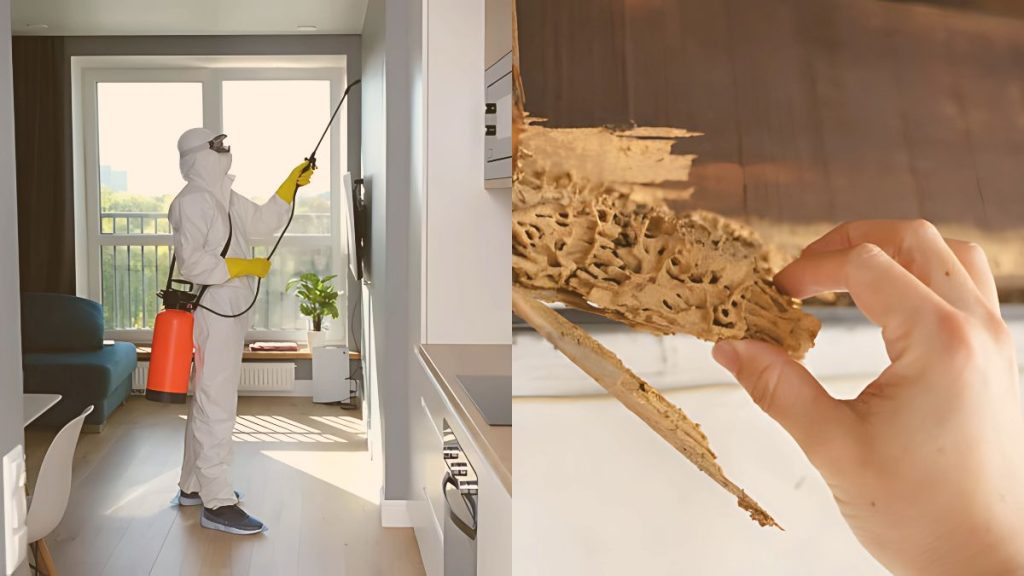How Often Should You Get a Termite Inspection: Expert Advice
Termites can silently destroy your home before you even realize there’s a problem. Regular inspections are the key to preventing costly damage and keeping your property safe. But how often should you schedule a termite inspection? The answer depends on several factors, including your location, home type, and past infestations. Don’t worry. We’ve got you covered with this article. In this article, we’ll break down expert recommendations on when and why you should get a termite inspection, so you can protect your home before it’s too late. Keep reading to learn how to stay ahead of termite trouble! Why Regular Termite Inspections Are Necessary Termites are one of the most destructive pests homeowners can face. They work silently, feeding on wood and weakening the structural integrity of buildings without showing immediate signs of damage. By the time a homeowner notices an issue, the infestation may already be severe, leading to costly repairs. Risks Termites Pose to Your Property Cost of Damage vs. Prevention Preventing termite damage is far more affordable than repairing it. The average cost of termite repairs can range from hundreds to thousands of dollars, depending on the severity. In contrast, regular termite inspections cost a fraction of that amount and help catch infestations early, saving homeowners from major financial setbacks. No Home is Safe from Termites Many people assume termites only target old or poorly maintained homes, but the truth is that any home can be at risk, it doesn’t matter whether your home is new or old, clean or cluttered. Termites are attracted to wood, moisture, and even cellulose-based materials like drywall. That’s why routine inspections are essential, regardless of your home’s condition. Recommended Frequency of Termite Inspections Regular termite inspections are the best way to prevent costly damage and keep your home protected. The ideal frequency depends on several factors, including your location, climate, and property history. Here’s a general guide to how often you should schedule an inspection: i. General Rule: Annual Inspections For most homes, a yearly termite inspection is recommended. This helps catch early signs of an infestation before significant damage occurs. Even if no termites are found, an inspection ensures your home remains protected. ii. High-Risk Areas: Every 6 Months Some homes require more frequent inspections, especially if they are in environments that attract termites. You should schedule a termite inspection every six months if: iii. Low-Risk Areas: Every 2–3 Years If you live in a cooler, drier climate or an area with low termite activity, inspections can be spaced out to every two to three years. However, this does not eliminate the need for vigilance. Instead, keeping an eye out for signs of termites between inspections is still essential. Factors That Influence Inspection Frequency Even within the general guidelines, your home may need more frequent checks based on: No matter where you live, routine inspections help detect termites early and save you from expensive repairs. Factors That Determine Inspection Frequency The need for termite inspections isn’t the same for every home. Several factors influence how often you should schedule a professional check-up. Thus, having a good understanding of following risks can help you take proactive steps to protect your property. Fact 1: Geographic Location Your location plays a major role in termite activity. Warm, humid climates create the perfect environment for termites to thrive. If you live in a region where temperatures stay mild year-round, termites remain active and may infest homes more frequently. Drier or colder climates generally have fewer termite issues, but inspections are still necessary. Fact 2: Home Construction The way your home is built can affect its vulnerability to termites. Higher-risk homes include: Fact 3: Proximity to Infestations If your neighborhood has a history of termite activity, your home is at greater risk—even if you haven’t had an infestation yet. Termites can spread from nearby properties, especially if there are untreated or abandoned structures in the area. In such cases, more frequent inspections are recommended to catch potential problems early. Fact 4:. Previous Infestations A home that has experienced termite problems in the past remains at a higher risk of re-infestation. Even after treatment, termites can return if conditions are favorable. If your home has had termites before, scheduling inspections every 6–12 months is a smart way to ensure they don’t come back. By considering these factors, you can determine how often to inspect your home and stay ahead of potential termite damage. 5 Signs That Indicate the Need for an Immediate Termite Inspection While regular termite inspections help prevent major damage, some warning signs mean you should schedule an inspection immediately. Ignoring these signs could allow termites to spread further, leading to costly repairs. If you notice any of these warning signs, don’t wait—schedule a termite inspection right away to assess the damage and prevent further destruction. What to Expect During a Professional Termite Inspection A professional termite inspection is a thorough process designed to detect signs of termite activity and potential risk factors in your home. Here’s what you can expect during the inspection: Areas Commonly Inspected Termites often hide in dark, hard-to-reach areas. A trained inspector will carefully examine the most vulnerable spots, including: Tools and Techniques Used by Inspectors To accurately detect termites, professionals use specialized tools, such as: Duration of the Inspection Process A typical termite inspection takes between 30 minutes to 2 hours, depending on the size of the property and the extent of the inspection. If evidence of termites is found, the inspector will provide a detailed report with recommendations for treatment and prevention. Regular inspections help catch termite problems early, saving homeowners from expensive repairs. If you haven’t had an inspection recently, now is the time to schedule one. Benefits of Regular Termite Inspections Regular termite inspections are one of the best ways to protect your home from costly damage. Here’s why they are essential: Investing in regular termite inspections is a small price to pay for the security and longevity of your home. Can I Do


